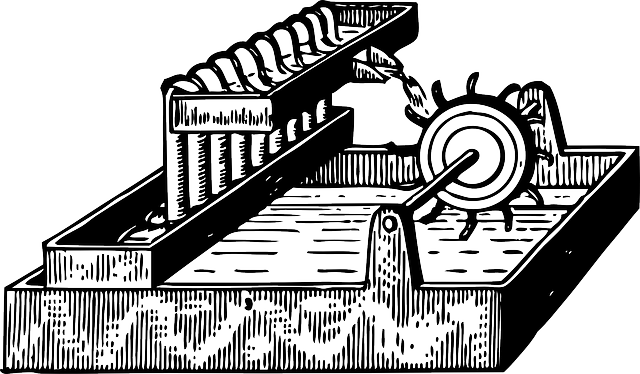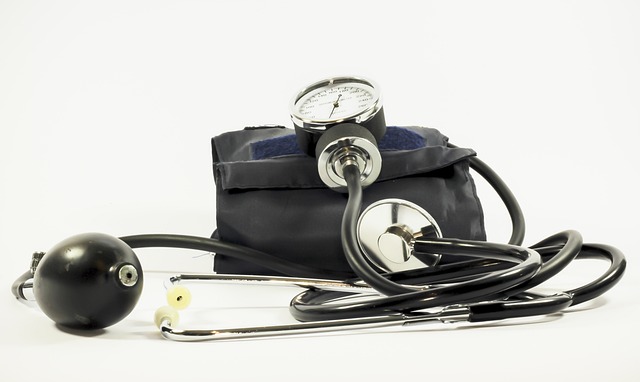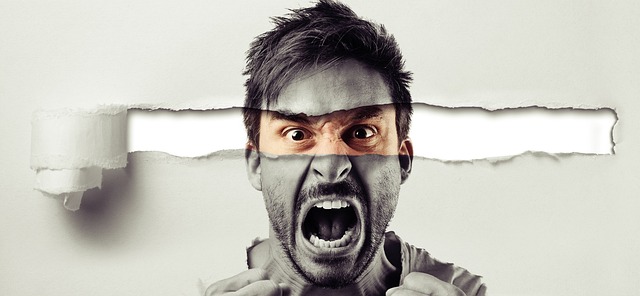Low shower water pressure is primarily caused by mineral deposits, outdated plumbing, blocked supply lines, or simultaneous hot water usage. Regular cleaning and vinegar soaks can address scale buildup, while upgrading old plumbing systems and installing water-saving heads can resolve more systemic issues for improved pressure.
Experiencing a weak shower flow can be frustrating, but there are numerous reasons behind this issue. From old plumbing and mineral buildup to leaks and inefficient fixtures, understanding the common causes of low water pressure in showers is the first step towards fixing it. This article delves into the top reasons why your shower feels weak and offers practical solutions, including cleaning, replacing outdated components, and upgrading your water pressure regulator, ensuring you restore strong shower pressure in no time.
- Common Causes of Low Water Pressure in Showers
- – Old plumbing and water pipes
- – Mineral buildup and scale accumulation
Common Causes of Low Water Pressure in Showers

Low water pressure in your shower can be frustrating, leaving you with a lackluster wash experience. Understanding the common causes behind this issue is the first step towards fixing it. One of the primary reasons for weak shower pressure is a build-up of mineral deposits and dirt in the pipes and showerhead. Over time, these residues restrict water flow, reducing the overall pressure. Another frequent culprit is an outdated or faulty shower system, especially if your home is older. Outdated plumbing fixtures may not be designed to handle modern water systems, leading to inadequate pressure.
Additionally, issues with the water supply line can significantly impact shower pressure. A narrow or blocked pipe will limit the amount of water reaching your showerhead, resulting in weak pressure. Leaks in the pipes or faulty valves can also cause water pressure drops. Lastly, if multiple appliances are using hot water simultaneously, it can reduce the pressure available for your shower.
– Old plumbing and water pipes

Old plumbing and water pipes are often culprits behind low shower pressure. Over time, these systems can become outdated, corroded, or simply scaled up with mineral deposits, restricting the flow of water. This reduction in water volume reaching your showerhead significantly impacts the pressure you experience while showering.
If your home is older than 20 years, it’s likely that your plumbing and pipes are due for an upgrade to ensure optimal water pressure. Professional plumbers can assess the state of these components and implement solutions like replacing outdated pipes or installing water-saving showerheads to enhance your showering experience.
– Mineral buildup and scale accumulation

Mineral buildup and scale accumulation are often the culprit behind a shower’s weakened water pressure. Hard water, rich in minerals like calcium and magnesium, can leave behind residue as it evaporates, causing clogging and reduction in water flow. Over time, this mineral deposit builds up in your showerhead nozzles, restricting water passage and resulting in a weaker spray. The solution? Regularly cleaning and maintaining your showerheads to remove these scale deposits.
Consider using vinegar or specialized showerhead cleaners to soften the water and dissolve the accumulated minerals. Additionally, periodic soaking of the showerhead in hot water with a small amount of baking soda can help prevent future buildup. Taking care of mineral buildup is an effective way to address the causes of low water pressure and restore your shower’s power.
Understanding the common causes of low water pressure, such as outdated plumbing or mineral buildup, is the first step to resolving the issue. By identifying and addressing these problems, you can significantly enhance your shower’s performance and enjoy a more robust, revitalizing experience. Don’t let weak water pressure dampen your daily routine – take action today to fix it!
